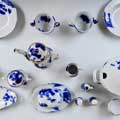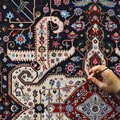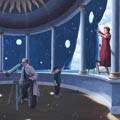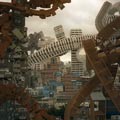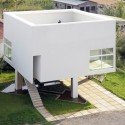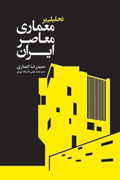یک سازهی خرپایی چوبی نمایشگاهی با پنلینگ صفحات نازک سرامیکی.
به این جهت که عکسهایی از خود سازه و مراحل سرهم بندیش داره پست مفیدیه برای دوستانی که به ساخت های تجربی نمایشگاهی و کارگاهی علاقه مندن. نحوهی اتصلات و زیرسازی ها بیشتر مورد توجه قرار بگیره

image © designboomduring the milan fair MADE expo in early october, tile of spain, invites you to discover a pectacular installation designed by spanish architect jose ramos tramoyeres, co-founder of the architectural firm green geometries laboratory (GGlab ) and paolo flores. the project has been made possible thanks to the participation of the spanish institute for foreign trade (ICEX) and the economic and commercial office of the spanish embassy in milan. for the construction of the temporary structure, the architects collaborated with the 'fallas' workshop manolo garcia in valencia.the temporary pavilion 'fluidity' uses the characteristics of ceramics to respond to current needs of a greater continuity between indoor and outdoor spaces -- the private and the public. the project foresees various urban elements characterized by a double skin, dressed in ceramics. the outer side is composed of ceramic elements that decontaminate the air and the inner side consists of extruded ceramic tubes. the floor itself is flexible, the tiles are forming waves that move in synergy with the various layers of the project. walls, ceilings and floors interact with each other. designboom visited the workshop and is able to offer you a sneak preview of what will be on show next month. please stay tuned to our upcoming MADE expo coverage with a follow up on this exciting project.
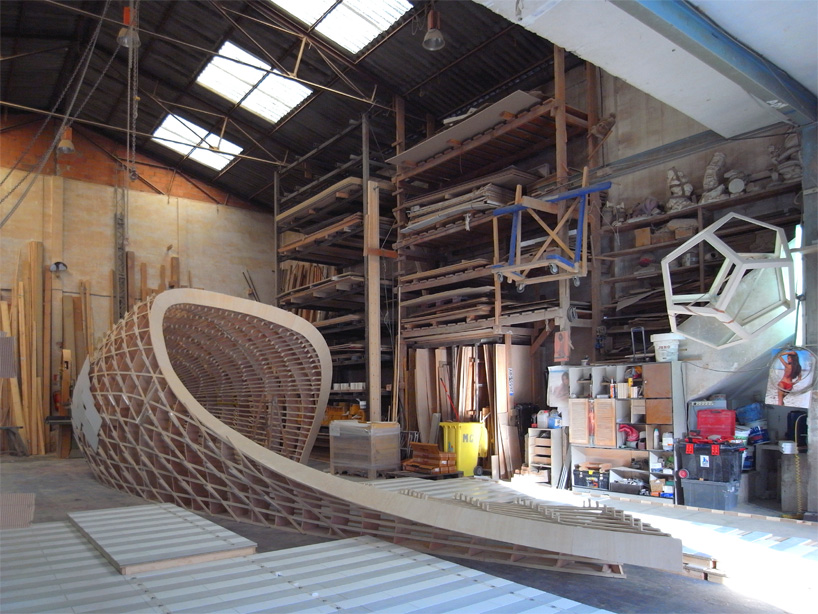
a view into the workshop
image © designboomthe increased investment in research and development conducted by the industry in recent years have made ceramic tiles the ideal choice for all types of surfaces and applications, providing results of extraordinary quality in terms of both convenience and aesthetics. the sector is also at the forefront of current trends and is able to satisfy even the most stringent environmental and ergonomic criteria. the use of ceramic tiles on ventilated facades, raised floors, walls, facades and structured walls, industrial areas, large formats and the production of tiles designed specifically for people with disabilities, or inspired by other materials such as stone, wood or steel, are just some of new ideas spanish industry has developed and that have revolutionized the construction industry. there are also other even more original and interesting innovations, including techniques for shaping and bending the individual pieces, grout-free laying, surfaces with magnetic properties, laying with hidden joints or even intelligent tiles. read more.
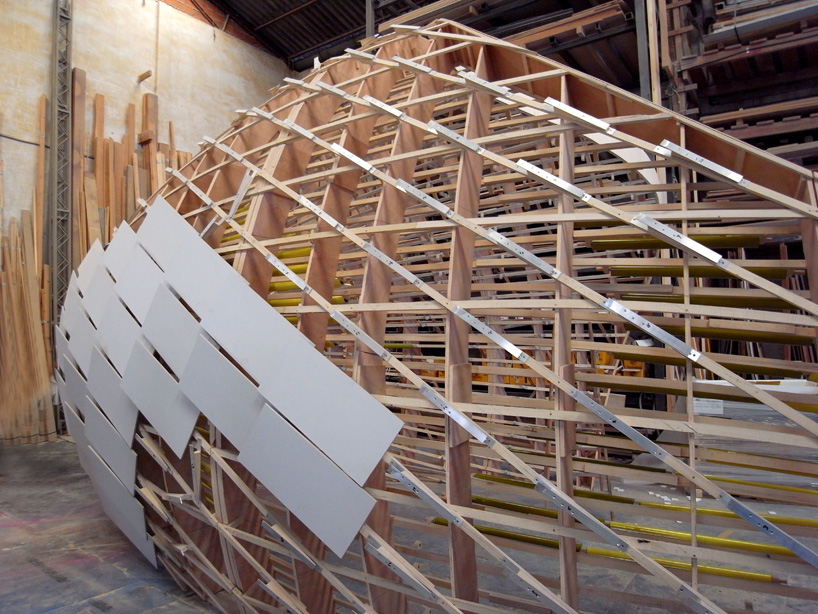
we visited the workshop during the final state of project definition. many more 'bionictiles' are getting fixed to the outer skin
image © designboom
'bionictile' by ceracasa this material is able to decontaminate the air in urban areas, thanks to a patented enamel that transforms nitrogen oxide into harmless nitrates, without requiring the addition of any energy source other than solar energy. the tests performed at the institute of chemical technology of the polytechnic of valencia and at the mediterranean centre for environmental studies have provided important data. one square metre of bionictile is said to be able to detoxify some of 25.09 micrograms nox/h of polluted air.
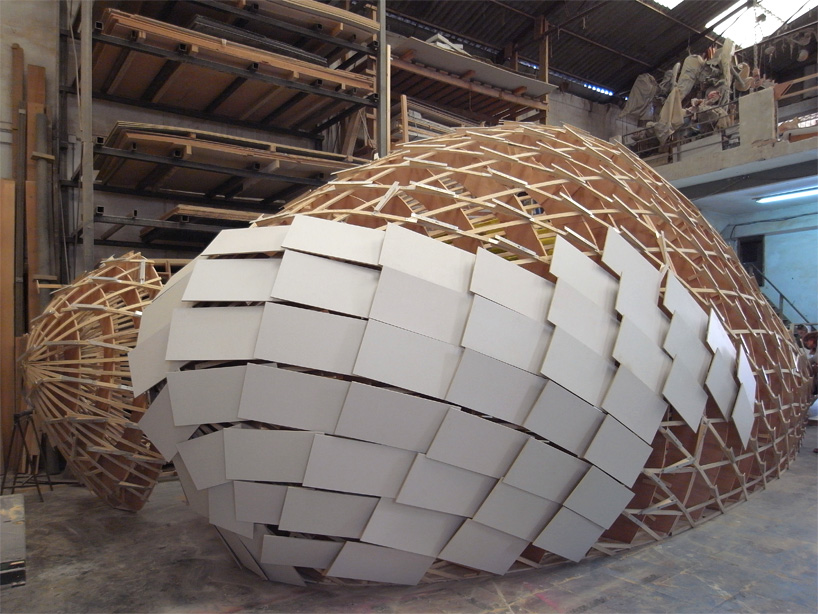
back view with bionictiles
image © designboom
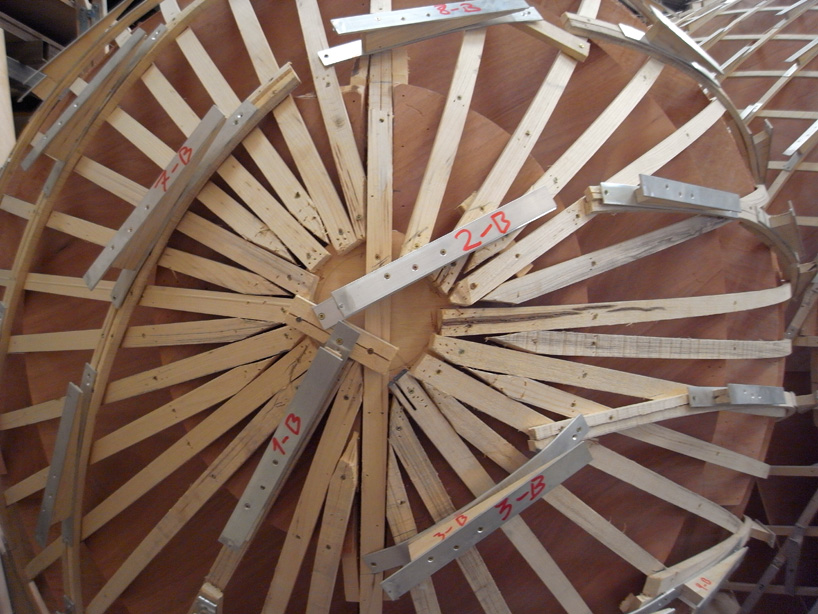
back view - this side of the pavilion is still under construction
image © designboom
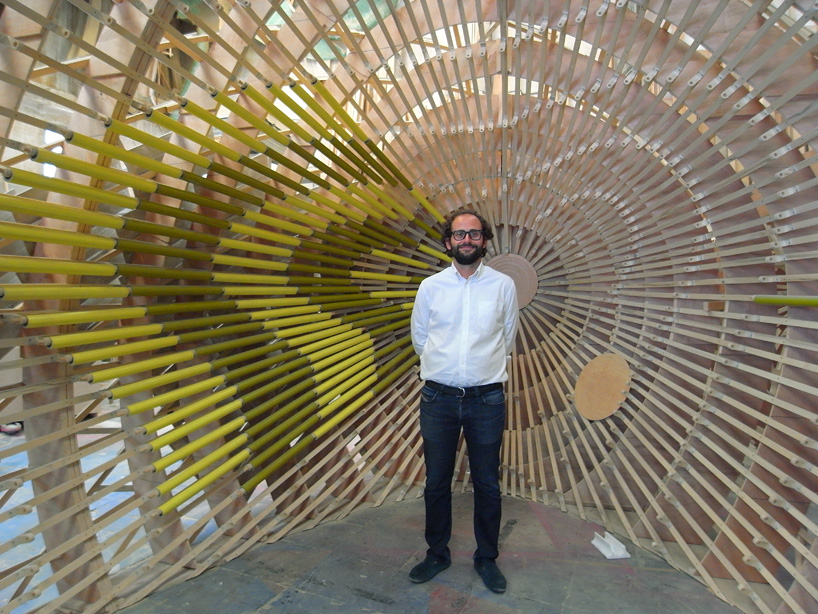
spanish architect jose ramos tramoyeres, founder of GGlab, poses inside the structure. the yellow and green ceramic tubes will cover the entire interior surface.
image © designboom

close-up to the 'lifearq' bamboo series tile tubes
image © designboom
'lifearq' bamboo series tubes by natucerthe circular tubes are made of porcelain, using an extrusion technique that allows its installation in both indoor and outdoor spaces. particularly suitable for architectural use, it is available in 5 colours and in three different sizes to fit most applications and uses (indoor, partitions, facades).
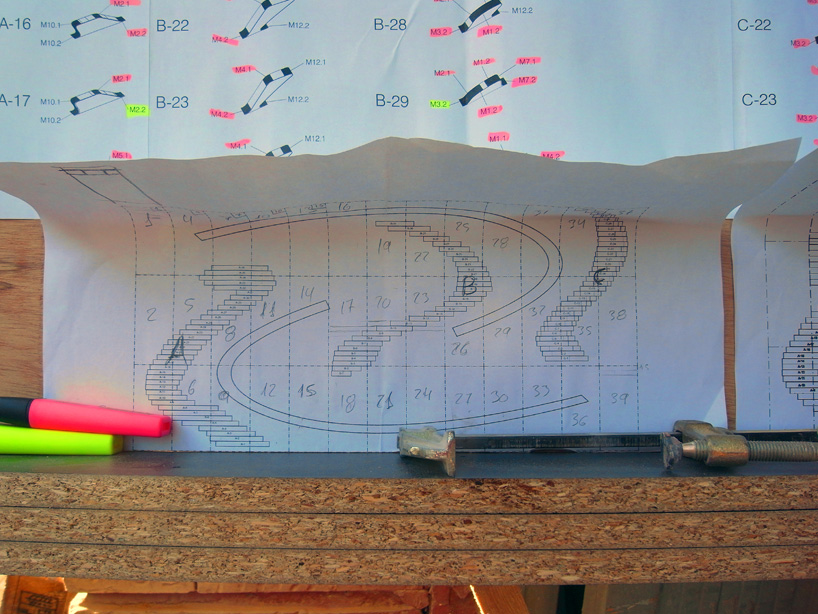
digital drawings helped to plan the artisan structure, especially for the variously curved tiles and their exact positioning
image © designboom
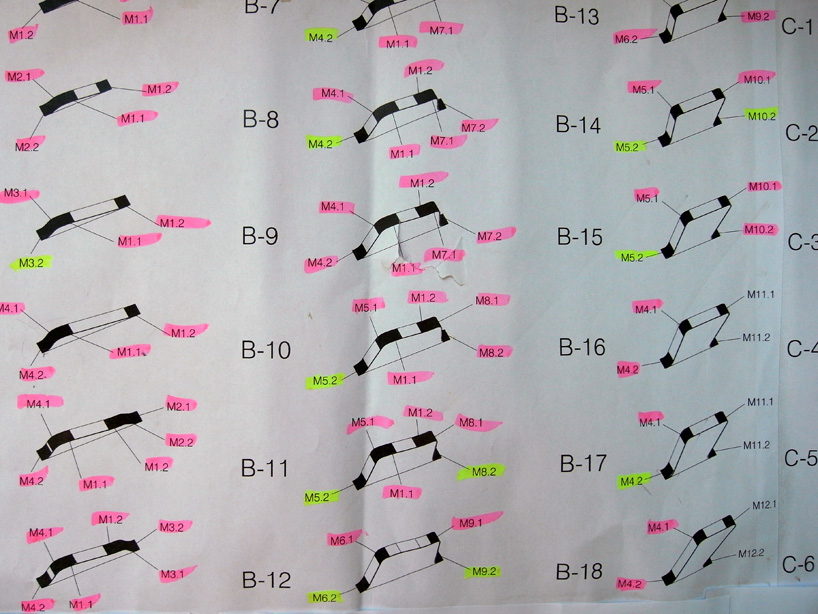
image © designboom
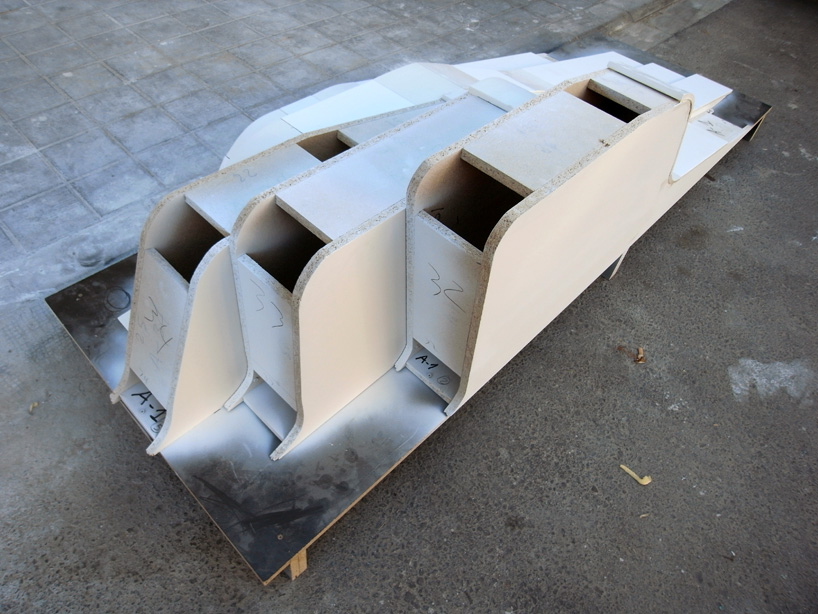
the ceramic benches under construction
image © designboom
soho interior series by cerámica decorativa
the flax-coloured (off white) pieces are available in 15x40 flat and textured formats, developed by the group of architects through the use of disposable moulds. this system greatly simplifies production, with numerically controlled polystyrene dies used for each of the pieces. the series is available in 9 colours and 10 different formats.
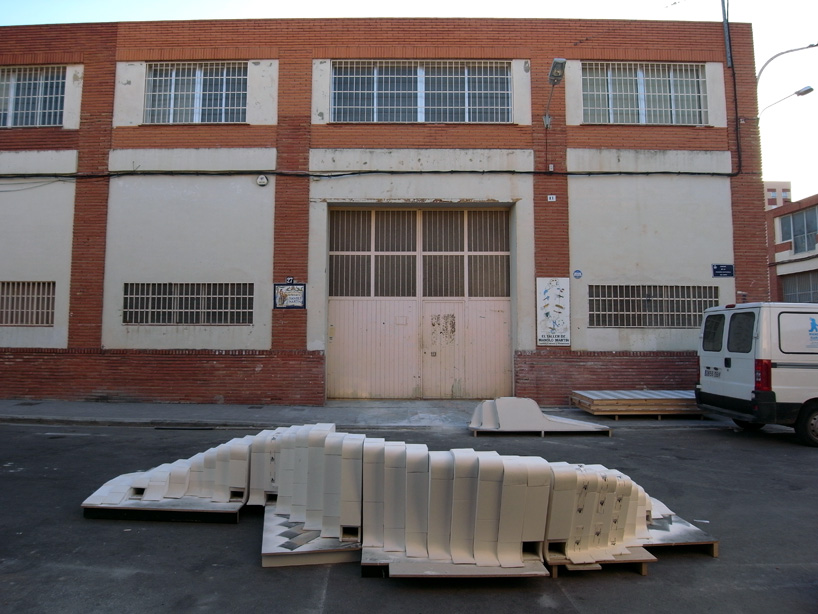
bench - the fluid forms are obtained by differently curved tiles
image © designboom
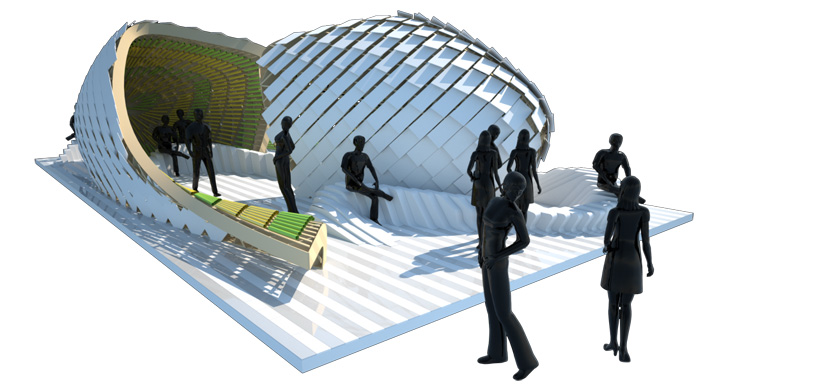


renderings of the 'fluidity' structure



